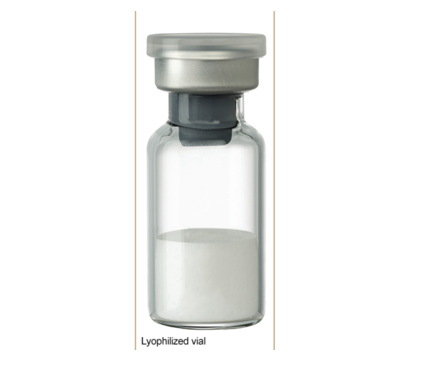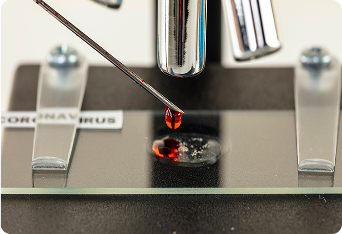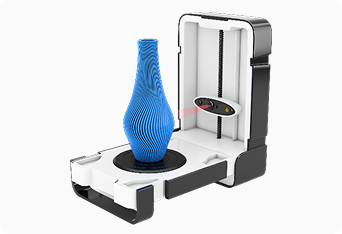Visual Inspection – Human and Automated Batch Review
Each finished unit undergoes dual-layer visual inspection prior to packaging. This includes human review under high-lux lighting and magnification, followed by automated inspection for particulates, discoloration, vial fill uniformity, and sealing integrity. Crystallization, turbidity, or anomalies in lyophilized cake structure are flagged and investigated prior to shipment.

Ensuring the quality and integrity of lyophilized synthetic peptides is essential for research and pharmaceutical applications. A visual assessment serves as a first-line quality control measure, examining the appearance, cake morphology, container integrity, labeling, and reconstitution behavior. A high-quality lyophilized peptide should appear uniform, dry, and free from discoloration or excessive clumping. The cake structure must remain intact without signs of collapse, shrinkage, or contamination, which may indicate improper storage or degradation. The vial, stopper, and seal must also be secure and free of cracks to maintain sterility and prevent environmental exposure.
Our multi-layered approach to ensuring research-grade excellence.

Mass Spectrometry (MS) verifies the molecular weight and structure of each compound. This ensures the product exactly matches its intended identity.


Using ICP-MS, we screen for heavy metals like lead and mercury. This ensures our compounds are free from toxic elements and meet safety standards.

This technique is particularly essential when dealing with structurally similar analogues, where minor sequence variations or stereochemical differences can alter pharmacological behavior.

To safeguard research integrity, particularly in applications involving injection, cell culture, or sensitive in vivo models, all applicable products undergo stringent sterility testing

Each finished unit undergoes dual-layer visual inspection prior to packaging. This includes human review under high-lux lighting and magnification

This evaluation informs users of the most appropriate vehicle for their specific applications and is particularly critical for peptides that exhibit sequence-dependent solubility properties